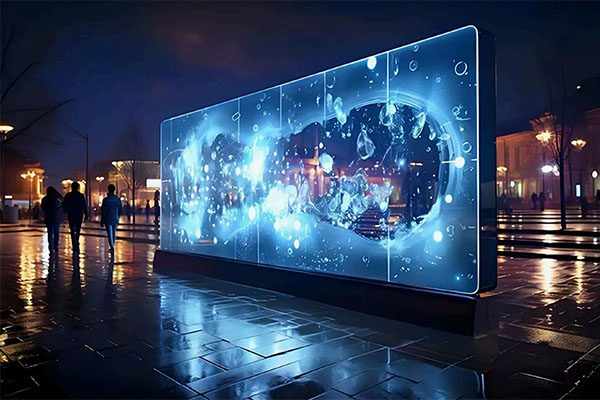
Home » How to Make LED Display?The ultimate introduction to LED manufacturing
Making an LED display involves several essential steps, ranging from designing and manufacturing to assembling and programming. Here is an ultimate introduction to LED display manufacturing:
1.1 Determine the display size and resolution, based on factors such as viewing distance, installation environment, and usage.
1.2 Choose the type of LED (e.g., SMD or DIP) and the appropriate pixel pitch (distance between LED pixels).
1.3 Design the mechanical structure, including the frame, mounting brackets, and power supply placement.
1.4 Create a schematic of the electrical connections, such as power distribution, data transmission, and signal control.TLI LED offers all these parts for our clients, full LED Display solutions.

2.1 PCB (Printed Circuit Board): Design and produce the PCBs that will house the LED components and provide electrical connections between them.TLI LED chose the best PCB maker to produce the PCBs of our design.
2.2 LED modules: Manufacture or source the LED modules, which consist of individual LEDs mounted onto a small circuit board.
2.3 Components: Procure the necessary components, such as capacitors, resistors, and ICs (Integrated Circuits).TLI LED cooperate with the best IC company, such as MBI, ChipOne and so on, which offers the best visual performance.
2.4 Frame: Construct the frame according to the design specifications, using materials like aluminum or steel.
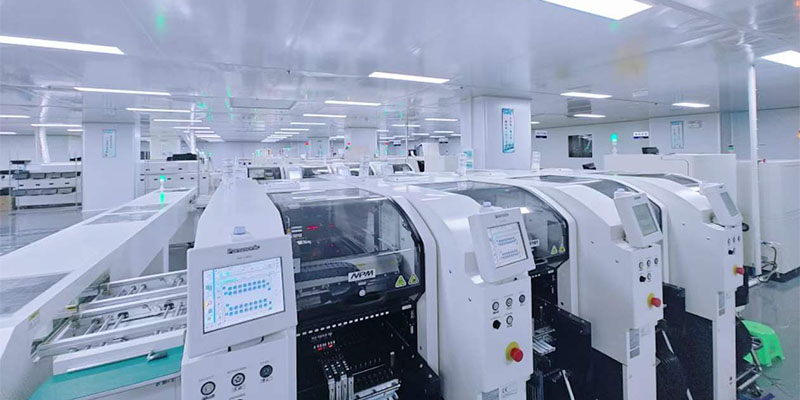
3.1 Surface Mount Technology (SMT): Attach the components to the PCB using an SMT machine or manual soldering, depending on the scale of production. TLI LED have the latest high speed SMT machines to make sure the lead time of the orders.
3.2 Module assembly: Mount the LED modules onto the PCBs, either using screws, clips, or adhesive methods.
3.3 Wiring: Connect the modules to one another and the necessary power and data lines, taking care to ensure proper grounding and insulation.
3.4 Frame assembly: Attach the assembled PCBs and modules to the display frame, making sure everything is securely mounted and aligned. Also, install the power supply and control components.
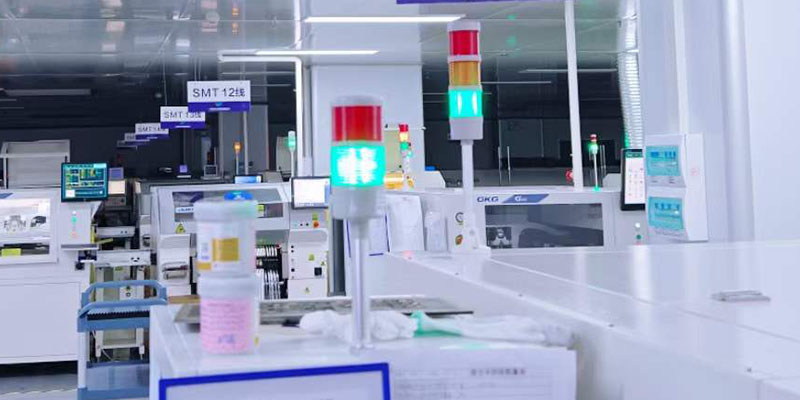
4.1 Controller programming: Connect the LED display to a compatible control system, such as a dedicated LED controller, PC, or even a micro controller like an Arduino. Configure the display settings, such as pixel mapping, color calibration, and brightness levels.TLI LED work with Novastar tech , Colorlight tech , Linsn tech, huidu tech and so on, offer our customers the best experience of the LED Display controlling.
4.2 Software: Use appropriate software to create content, animations, or visuals to be displayed on the LED screen. Ensure that the software supports the specific LED display’s resolution and communication protocol.
4.3 Testing: Power up the display and test its functionality. Check for any dead pixels, flickering, color variation, or issues with brightness consistency. Adjust the calibration settings if necessary. We test our LED screens 72hours before shipping , make sure everything details working perfect before packing.
4.4 Final assembly & quality assurance: If applicable, attach any protective measures, such as a front protective panel or cover. Conduct a final thorough inspection of the display, checking for any mechanical or electrical faults. Ensure that the display meets all quality and performance standards before shipping or installation.
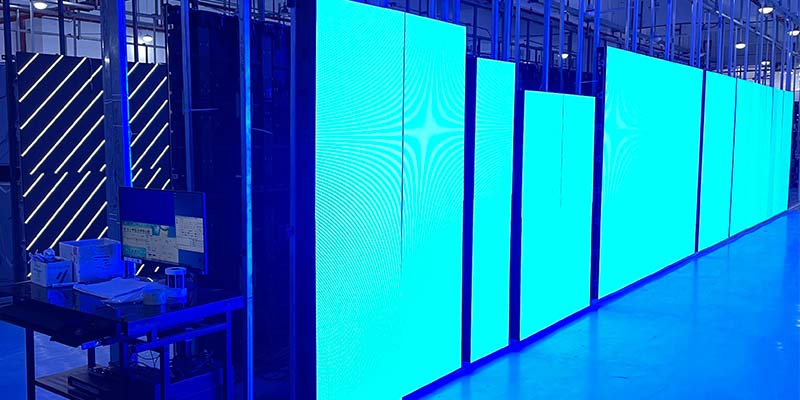
5.1 Site preparation: Make sure the installation site is ready to accommodate the LED display, including any necessary permits, structural reinforcements, or electrical connections.
5.2 Transportation and handling: Carefully transport the display to the installation site, taking care to protect it from damage due to bumps, scratches, and changes in temperature or humidity.
5.3 Installation: Install the display in the designated location, making sure that it is securely mounted, and all connections are properly made. Don’t forget to follow local safety regulations and guidelines.
5.4 System configuration: Upon installation, configure the control system, and input devices (such as media players, laptops, or cameras) to work with the display properly.
5.5 Training: If needed, train the end-users or operators on how to use and maintain the LED display, including software management, troubleshooting, and routine maintenance.
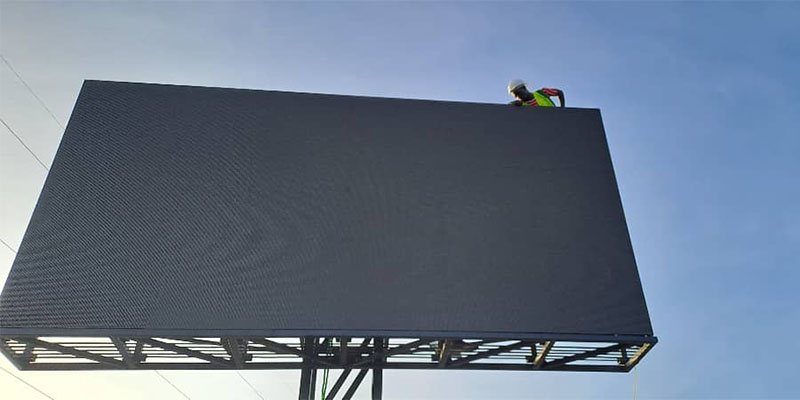
By following these steps, you can manufacture and install a quality LED display tailored to your needs. While this guide offers a general overview, it is essential to consult with experts and professionals in the field for specific details and advice based on your unique application requirements and local regulations. Factors such as the type of LED used, indoor or outdoor installation, and the complexity of control systems can significantly impact the overall process. Furthermore, staying updated with the latest industry advancements and best practices can also help ensure a successful LED display project. Contact TLI LED to get the latest products information.

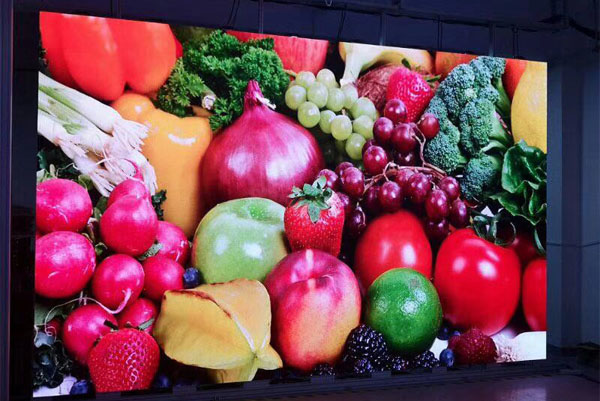
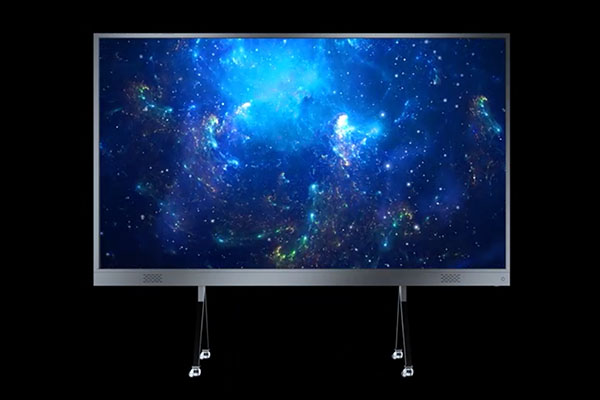
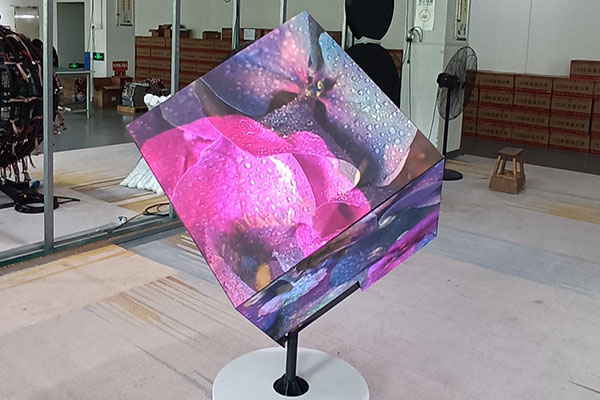
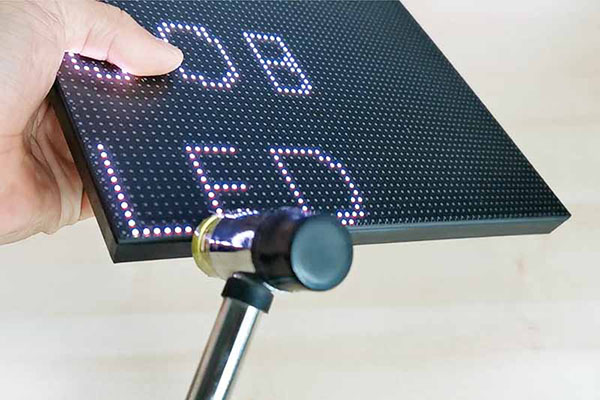
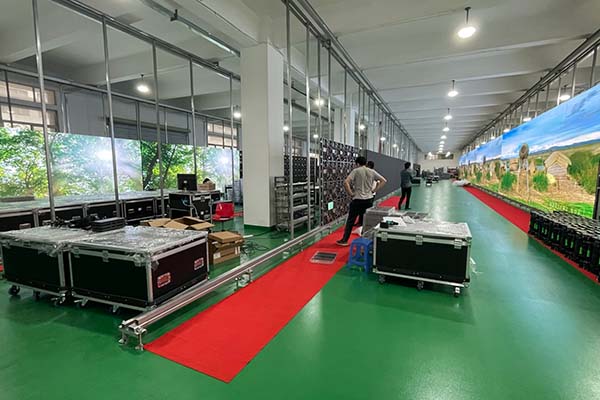
SHENZHEN TLI LED, specializing in the research, development, production and sales of LED displays, provides customers with diversified LED display solutions based on advanced technology and excellent quality, which are widely used in commercial advertisements, stadiums, conferences and exhibitions, etc. TLI LED, lighting up the world of vision, leading the future!
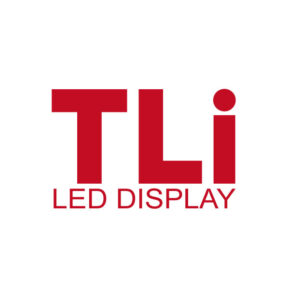
Jack
Sales Manager
Jack
Hello my friend, This is Jack from TLi LED. What can I do for you today?